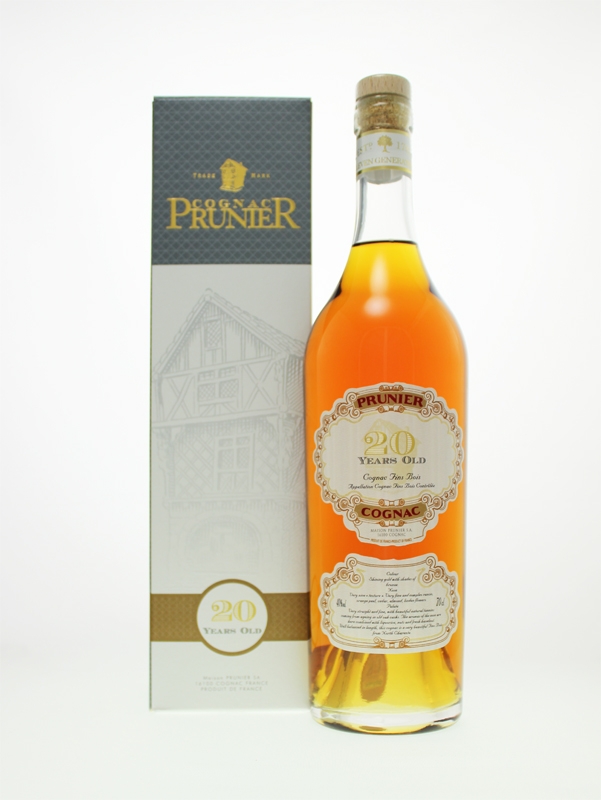The Good & Great Cognac Houses – UNICOOP
No history of the great and good would be complete without mentioning Unicoop, the Charente farmers co-operative for the wines and eaux de vie sold to so many negoçiants.
“Good and great” are words not often associated with this vast building alongside the main road between Cognac and Jarnac. The building is recognisable by the name of its main brand, Cognac Prince Hubert de Polinac. But strangely enough the cognac brand it is best known for is Henri Mounier, a once famous cognac brand name taken over by the co-operative.
The co-operative’s history is short and to say the least turbulent, selling eaux de vie to many of the big houses, particularly Remy Martin. It was probably their association with these big houses that brought them to their knees in 1999, and where then rescued in 2000 with a FF250 million loan by the French government and Credit Agricole, the French bank. The firm has operated for not a lot longer than the past thirty years and once again it appears to be in trouble financially, with talk of joining with another large negoçiant in Cognac
As well as Mounier, the firm owns a lot of other names including Paul Bocuse, La Fayette, Mallet and their biggest acquisition, the firm of Calvet in Bordeaux, They bought the well known Hardy cognacs when they also filed for insolvency. Their saviour in the early 2000’s was a large bottling contract with Grey Goose, the well known vodka house whose sign dominates all the cognac signs on the side of their building.
Who knows, perhaps another saviour will turn up? How about a white swan!

